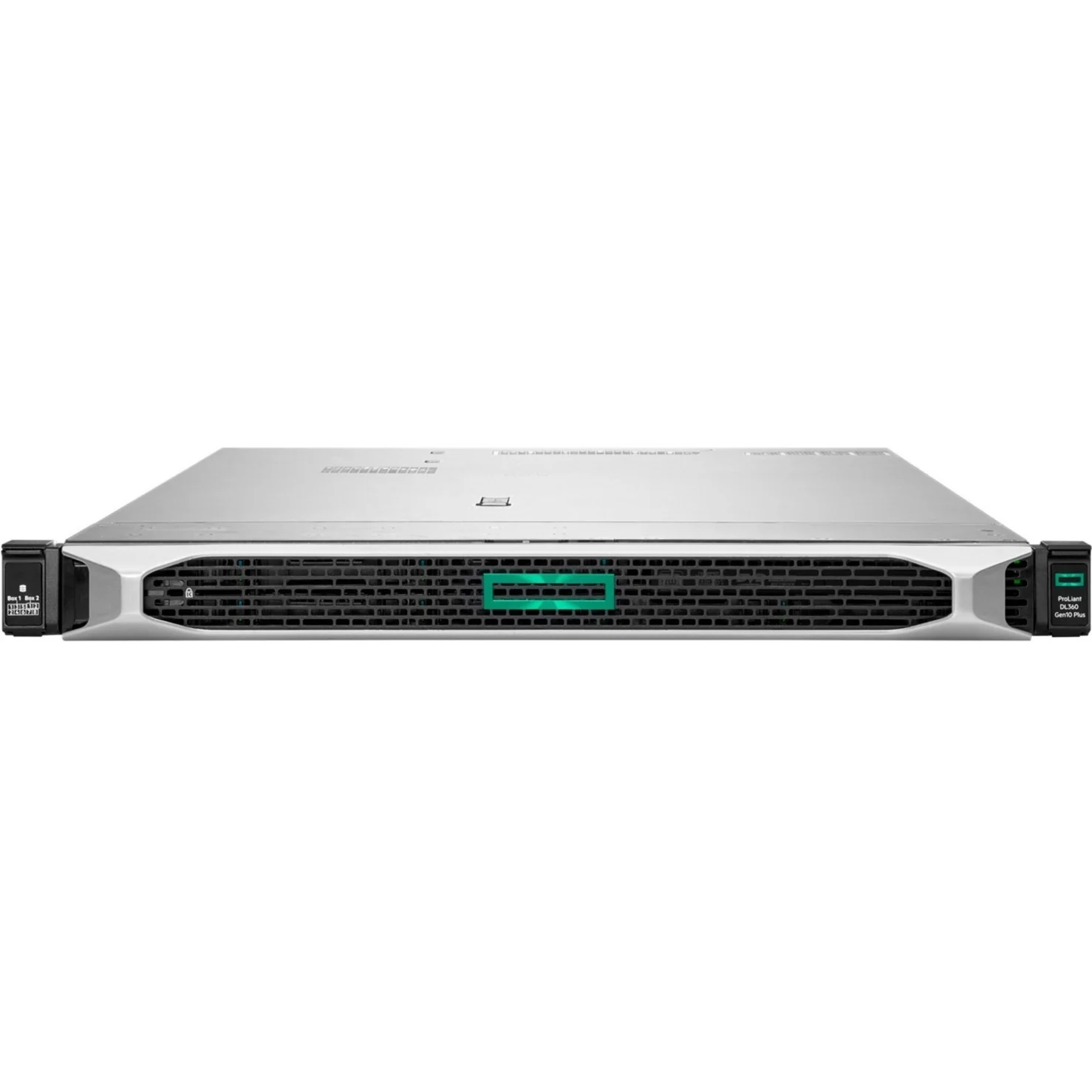cuimhne ddr4 do fhreastalaí
DDR4 cuimhne do fhreastalaíochtaí ionannraonach leathnú ar theicneolaíocht na ndeiseanna sonraí, ag tairiscint feabhas ar fheidhmíocht agus éagsúlacht don chóras riaracháin. Oibríonn an ceathrú ghéneráidín seo den cuimhne dáta ráta dúbailte ag luasanna níos airde agus ag úsáid níos lú halainne ná na réamhtheipidí. Leis na voltáistí oibriúchán suas go dtí 1.2V agus rátaí aistrithe sonraí ina dtosaíonn siad ag 2133 MT/s, cuimhne freastalaí DDR4 áirithe feidhmíocht eisceachtúil do na h-iarratais freastalaí is mó a bhfuil riachtanas orthu. Cuimsíonn an teicneolaíocht comhfhreagrú foirmeacha cothabhála, lena n-áirítear Feidhmchlár Ceartúcháin Earráid (ECC), rud a tháinig chun cinn chun sonraí a choimirce i roghchlár riaracháin is tábhachtaí. Tá modúil cuimhne DDR4 ar fáil i gcaibidil éagsúla, de ghnáth idir 8GB agus 256GB in aghaidh an mhide, a ligfidh cumraíocht chuimhne shuímh a dhéanamh bunaithe ar riachtanais sonracha freastalaí. Tá an t-archatrú cuimsithe ar DDR4 ag tabhairt isteach arna héileamh intiortha agus feabhsuithe ar chumas bainistíochta teasa, a chinntíonn gníomhaíocht stádach fiú faoi lucht oibre trom. Déanta go cruinn iad na modúil cuimhne seo chun tacú le hArdstáisiún amhail an lá inniu, a soláthraíonn an bándearg atá riachtanach do vhiúrthú, bainistíocht bunachar sonraí, ríomhaireacht scamall agus eile iarratais ard-leibhéal ghnó.


